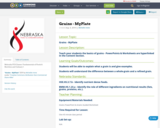
Nebraska FCS Classes: Fundamentals of Foods & Nutrition and Culinary 1
- Subject:
- Career and Technical Education
- Education
- Material Type:
- Activity/Lab
- Lesson
- Lesson Plan
- Date Added:
- 07/10/2019

Nebraska FCS Classes: Fundamentals of Foods & Nutrition and Culinary 1
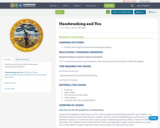
This lesson will help students learn proper handwashing techniques.
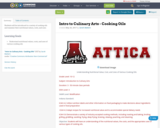
Students will be introduced to a variety of cooking oils and examine their nutritional values, costs, and uses.
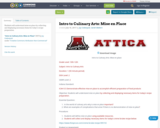
Students will understand mise en place by collecting and displaying necessary items for today’s recipe preparation.
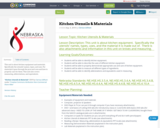
This unit is about kitchen equipment and materials. Specifically the utensils' names, types, and uses. For materials it goes through the pros and cons and how to properly care for them. This unit also covers measuring, abbreviations, and equivalents.
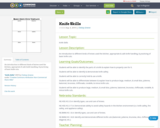
An introduction to different kinds of knives used the kitchen, appropriate & safe knife handling, & practicing of basic knife cuts.

This template is meant to be a guide for Nebraska Family and Consumer Sciences teachers when creating digital online lessons. Headings and/or topics not included in the lesson plan should be marked N/A.

This template is meant to be an activity for students to practice halving a recipe and to review lab procedures.

For this lesson you will be sharing the Soups and Sauces Powerpoint with the students while they take notes using the gudied notes page provdied. After the information has been presented, students will be able to participate in making a mother sauce of their own. They will have the option of creating a homemade mac n' cheese using a bechamel sauce base or a homemamde spaghetti sauce using a tomato sauce base. This Lesson Aligns with Utah State Standards for Foods 2: Strand 7: Standards 1-3 Performance Objective 7
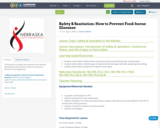
This lesson is for safety and sanitation in the kitchen. Specifically what food-borne illness is and how to prevent it from happening.
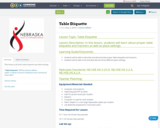
This lesson is all about table etiquette and table settings.